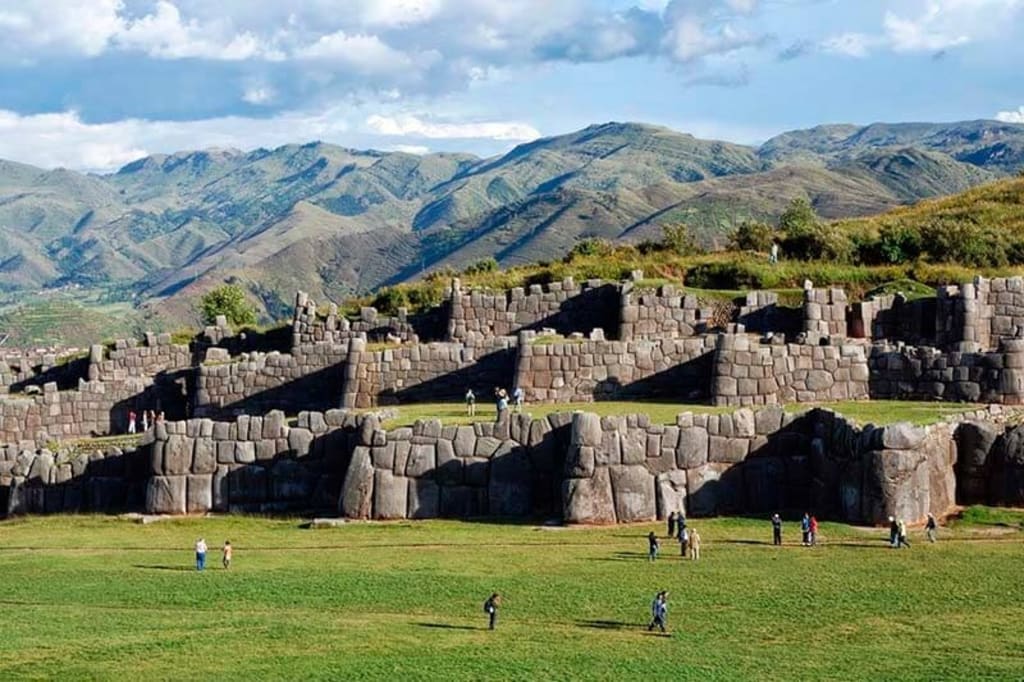This is How They Built the Inca Stone Walls
Incan Stone Masonry: Precision-cut stonework that fit together without mortar, used in structures like Machu Picchu, demonstrating advanced construction techniques.

The construction of the Inca stone walls stands as a marvel of ancient engineering, showcasing the ingenuity and skill of the Inca civilization in the Andes Mountains of South America. These walls, characterized by their precisely cut stones that fit together without mortar, have withstood the test of time and natural disasters, remaining a testament to the advanced construction techniques developed by the Incas. Understanding how these walls were built involves delving into the materials, tools, and methods employed by the Inca builders, as well as the cultural and practical considerations that guided their architectural practices.
The Inca Empire, which reached its zenith in the 15th and 16th centuries, was renowned for its architectural achievements. The most famous examples of their stone walls can be found in the ancient city of Cusco, the fortress of Sacsayhuamán, and the iconic site of Machu Picchu. The construction of these walls began with the selection of stone, primarily andesite or granite, sourced from nearby quarries. The Incas demonstrated a profound understanding of geology, choosing stones that were durable and could be worked with the tools available to them.
One of the most remarkable aspects of Inca stonework is the precision with which the stones were cut and fitted together. This was achieved using a combination of tools and techniques. The Incas did not have metal tools like iron or steel but relied on stone, bronze, and copper tools. They used hammerstones to shape the blocks, employing a technique called flaking, where small pieces of stone were chipped away to achieve the desired shape. This method required great skill and patience, as even slight miscalculations could ruin a stone.
The process of fitting the stones together was equally meticulous. The Incas used a technique known as "ashlar masonry," where stones were cut to fit together perfectly without the use of mortar. This method not only provided structural stability but also allowed the walls to withstand seismic activity, a common occurrence in the Andean region. The stones were shaped so precisely that a knife blade could not be inserted between them. To achieve this level of precision, the builders likely used a system of trial and error, repeatedly placing and adjusting the stones until they fit perfectly.
The construction process began with the preparation of the foundation. Inca builders excavated trenches and filled them with smaller stones and gravel to create a stable base. This was crucial for ensuring the structural integrity of the walls, particularly in areas prone to earthquakes. Once the foundation was prepared, the builders began placing the larger stones, starting with the bottom row and working their way up. The largest stones, often weighing several tons, were placed at the base to provide stability and strength.
Transporting these massive stones from the quarries to the construction sites was a significant challenge that the Incas overcame with ingenuity. They used a combination of manpower, wooden rollers, and sledges to move the stones. Ramps and inclined planes were also employed to position the stones at higher elevations. The labor force required for such endeavors was substantial, often involving hundreds of workers who operated in a highly organized manner, reflecting the centralized and efficient administration of the Inca Empire.
In addition to their technical prowess, the Incas incorporated aesthetic and symbolic elements into their stone walls. The walls were often built with a slight inward slope, creating a trapezoidal shape that not only enhanced stability but also had symbolic significance, reflecting the Inca worldview and their reverence for the natural landscape. Some walls featured stones of varying shapes and sizes arranged in intricate patterns, demonstrating the builders' artistic skills and attention to detail.
The durability and resilience of Inca stone walls have been proven over centuries. Many of these structures have survived numerous earthquakes that have damaged or destroyed modern buildings. The secret to their longevity lies in the precise stone fitting and the trapezoidal design, which allows the walls to absorb and dissipate seismic energy without collapsing.
As researchers continue to study the Inca stone walls, more details are expected to emerge about their construction techniques and the cultural significance of these architectural marvels. This ongoing research will likely uncover further aspects of Inca engineering, social organization, and the integration of their construction practices with their spiritual beliefs. By delving deeper into these findings, historians hope to gain a more comprehensive understanding of how the Incas achieved such remarkable feats of engineering and what lessons can be learned from their methods.
About the Creator
Marveline Merab
“History never repeats itself. Man always does.”
― Voltaire
Enjoyed the story? Support the Creator.
Subscribe for free to receive all their stories in your feed. You could also pledge your support or give them a one-off tip, letting them know you appreciate their work.






Comments
There are no comments for this story
Be the first to respond and start the conversation.